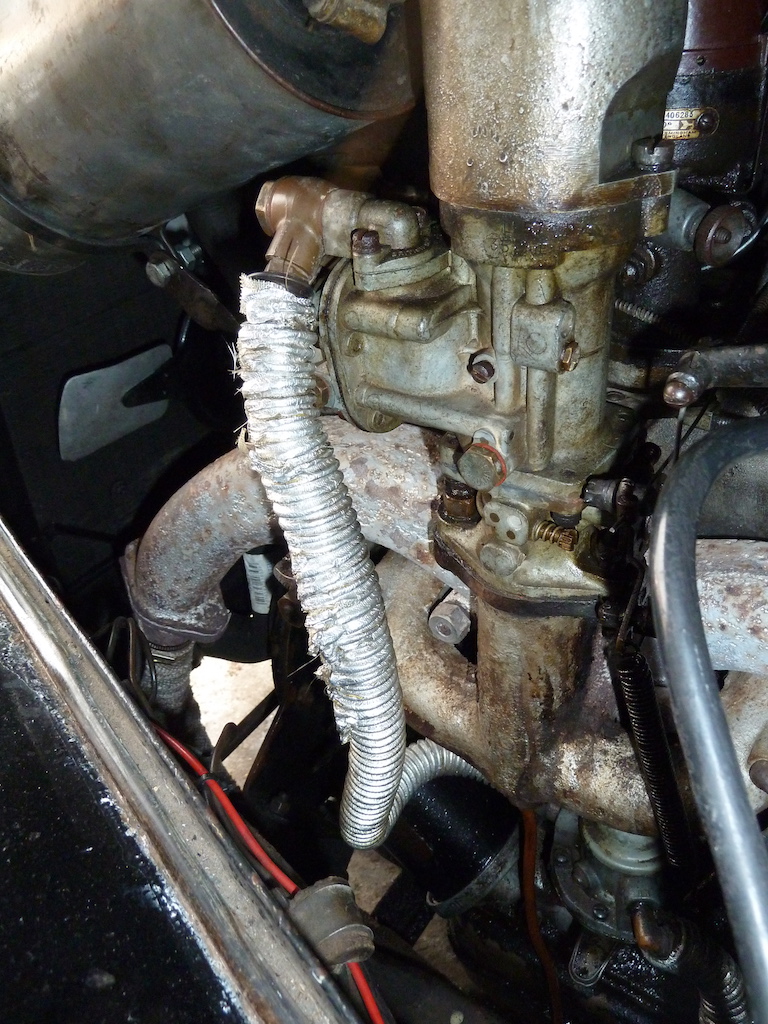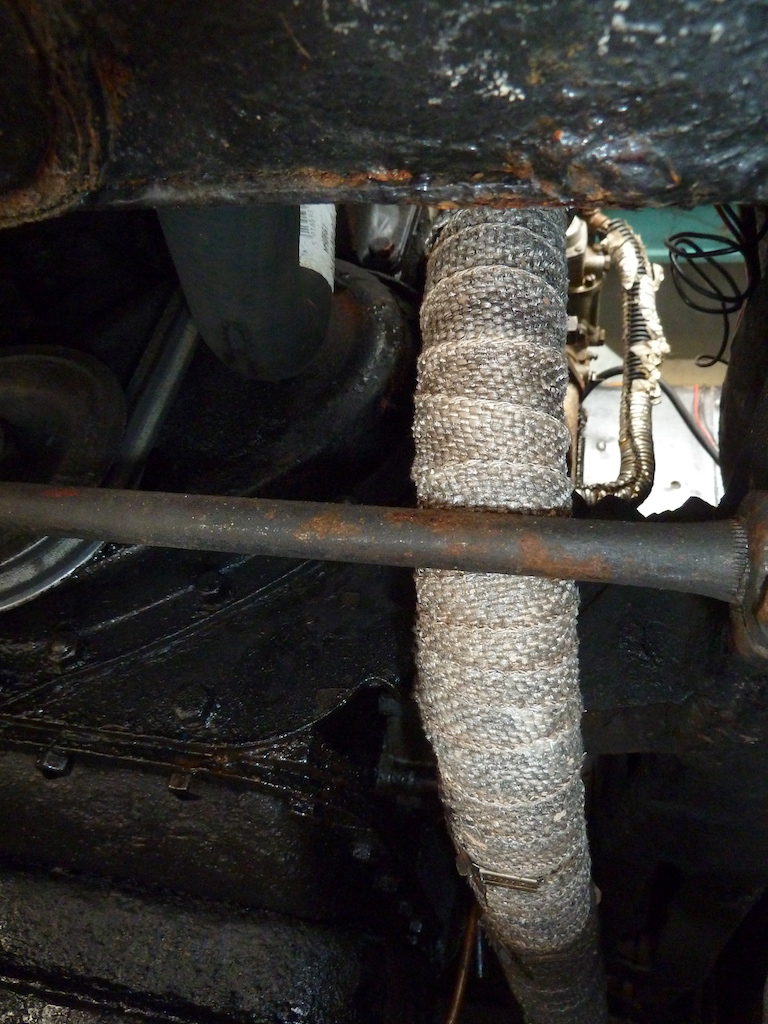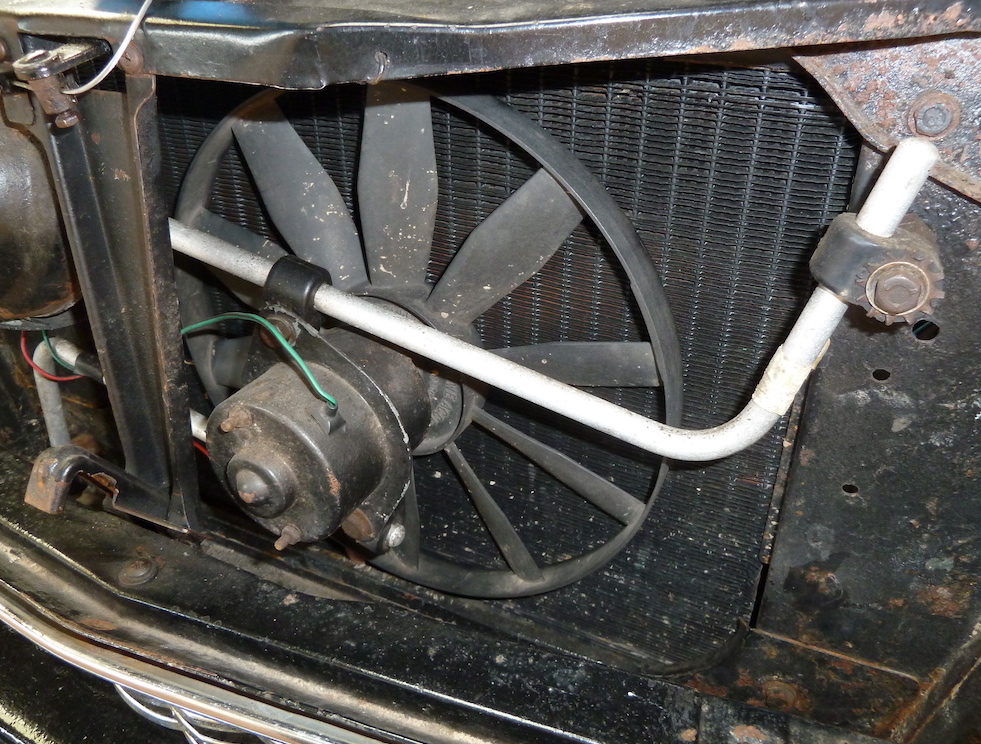Ethanol and the Classic Car Petrol Engine…
Part 2 – An Overview, by Dave Moss.
(Photos by Kim Henson).
For owners of older vehicles, the rising amount of ethanol in fuel raises concerns falling broadly into two distinct areas. One is ensuring the continued overall integrity of an ageing fuel system, considered in part 3. The other, outlined here, is the range of possible adverse effects on engines resulting from carburation settings designed solely to accommodate “neat” petrol.
Ethanol can be thought of as relatively low in energy, but pretty volatile nonetheless, with a high octane rating – in the range of 108-112 RON. In the early days of motoring it was sometimes used as an octane booster, and it’s perfectly usable as a fuel in its own right, known as E100 – though cold starting can be difficult. This led to a standardised mix with some petrol content, which was made commercially available in Britain as E85 for use in what have become known as ‘Flex-fuel’ vehicles – able to run on any petrol/ethanol mix up to that 85% level.
Ethanol, with more oxygen in its chemical makeup, doesn’t burn as well at the good old fashioned 14.6:1 stoichiometric air-to-fuel volume of “ordinary” petrol, for which carburetted classic car fuel systems were intended. In pure form it prefers a mix around 9:1, and even at the modest maximum 5% content of existing UK E5 forecourt fuel, without some carburation adjustment an engine is likely to run slightly weak under normal operating conditions. This brings a risk of increased combustion temperatures, and ultimately some potential for long-term damage.
All that said, the 5% ethanol standard of current fuel, has resulted in few reported problems surfacing. However, The Federation of British Historic Vehicle Clubs (FBHVC) asserts that use of an E10 blend would result in a fuel/air mixture weakened by some 3.6%, and with such fuel now a growing prospect, an investigation into mixture recalibration possibilities for your particular classic could be a timely move. Under research conditions, several inter-related issues have been reported, ranging from less reliable cold starting to sundry flat spots and mid-range misfires. These effects have been found quite unpredictable, depending on a range of factors including engine design features, carburettor type, performance demands and state of engine tune. Reports have also emerged of fuel starvation and difficult hot starting, traceable to carburettor “vapour lock,” a likely result of fuel vaporisation triggered by heat soak – linked in turn to the increased volatility of ethanol compared to “neat” petrol.
The FBHVC has worked behind the scenes for many years on issues affecting owners and users of older vehicles, investigating concerns, undertaking tests and proposing possible solutions to some of the key problems which have emerged. It has looked closely at the suitability of ethanol in fuel for older vehicles, and does not recommend the folklore remedy of adding a proportion of kerosene to alleviate fuel vaporisation problems. Instead it endorses recommendations issued some years ago by the Vintage Sports Car Club, which the FBHVC feels addresses problem causes rather than symptoms.
Suggestions include developing localised adaptations to reduce fuel system heat input, mostly from hot exhaust components. Other ideas include use of insulating gaskets or other thermal breaks between carburettors and inlet manifold, and between fuel pump and engine. Shields are also suggested to prevent radiated heat from exhaust systems reaching carburettors and other fuel system components – as well as careful fuel feed line routing – to avoid heat sources between the fuel tank and carburettors. In many classic cars the fuel supply system components and exhaust system are in very close proximity (often on the same side of the engine), so measures to limit the transfer/spread of heat from the exhaust to the fuel system are worth investigating…


Depending on the use of the vehicle, for ‘show’ cars in particular such modifications may need to be very discreet and possibly involve some innovative engineering to maintain a classic vehicle’s originality as far as possible (this may not be easy!). Attention to fuel mixture should be less visible, but will depend on alternative component availability and could require specialist carburation advice and expertise, possibly including a rolling road dynamometer to optimise results. However, with legislation already in place to move ethanol fuel content up to 10%, and higher proportions not ruled out for the future, work of this kind seems likely to be the only long term way to keep treasured classic vehicles running successfully.

Owners reluctant to make major changes might consider obtaining leaded four star fuel for classic car use from the tiny handful of stations holding government dispensation for that purpose, but for most the travelling distance involved will make that approach quite impractical. Those wishing to explore this option can consult a current list of stockists on the Federation of British Historic Vehicle Clubs website.
If you missed Part 1 of Dave’s feature on this subject, and would like to read it, please click HERE to take you to ‘Part 1: Ethanol in fuel – the background’.
Coming soon:
Part 3 Ethanol and the classic car fuel system – further information, including sources and principal references. This is now ‘live’ on this site; please click HERE to read it.
